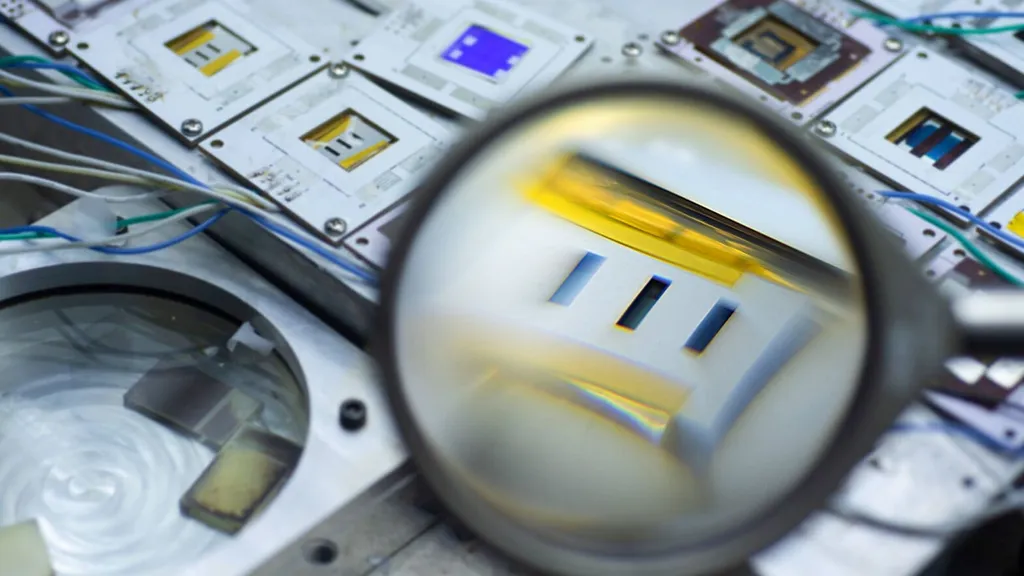In the realm of energy materials, a significant advancement has been made by researchers Murray Skolnick and Salvatore Torquato from Princeton University. Their work focuses on a class of materials known as layered “mosaic” metal-halide perovskites, which have garnered attention for their potential applications in energy harvesting and storage technologies.
Perovskites are a group of materials that share a similar crystal structure, and they have been extensively studied for their promising optoelectronic properties. However, modeling these materials, especially the complex layered varieties, has traditionally been a computationally intensive task, limiting the size of samples that can be accurately simulated. Skolnick and Torquato have developed a novel approach to overcome this challenge.
The researchers have created a highly efficient hard-particle packing algorithm that can model large samples of layered perovskite alloys. This algorithm allows for an accurate determination of the geometrical and topological properties of the materials’ structures across various length scales. The results obtained from this algorithm are in good agreement with experimental observations, providing a reliable alternative to the more resource-heavy ab initio methods.
One of the key advantages of this algorithm is its ability to predict the composition-dependent miscibility of certain alloys, such as silver-iron and copper-indium layered perovskites. Miscibility refers to the ability of different components to mix together, and understanding this property is crucial for tailoring the materials’ optoelectronic and magnetic properties. The researchers have also introduced a new “mixing” metric to quantify the degree of mixing in the simulated structures across different length scales.
The large structural snapshots provided by the algorithm have also shed light on previously measured magnetic properties of a copper-indium system. This demonstrates the algorithm’s potential to provide insights into the magnetic behavior of these materials, which is essential for their application in spintronic devices and other magnetic technologies.
The researchers have discussed the potential generalization of their algorithm to model 3D perovskite alloys, further expanding the scope of their work. In summary, the packing model and mixing metric developed by Skolnick and Torquato enable the exploration of a vast space of hypothetical layered mosaic alloy compositions, facilitating the identification of materials with desirable properties for energy applications.
This research was published in the journal Nature Communications, providing a valuable resource for the energy sector and the broader scientific community. The practical applications of this work include the development of more efficient solar cells, improved energy storage devices, and advanced magnetic technologies. By providing a more efficient and accurate means of modeling these complex materials, Skolnick and Torquato have made a significant contribution to the field of energy materials research.
This article is based on research available at arXiv.

